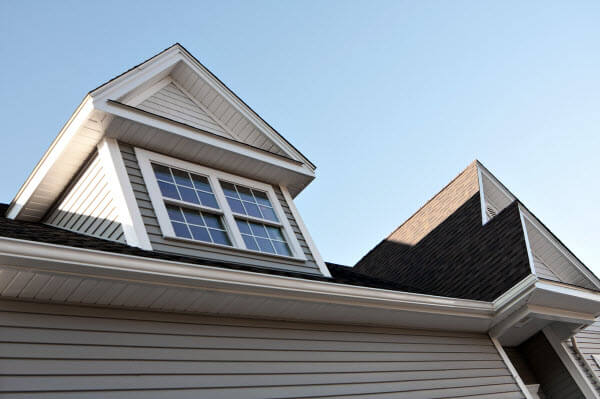Spring Rain Garden Maintenance
 Spring is here! And that means your rain garden probably needs a little TLC.
Spring is here! And that means your rain garden probably needs a little TLC.
First, you need to remove any debris that’s made its way into your rain garden. Dead leaves, dead pine needles, and other muck can keep your garden from draining properly or thriving.
You should also check for sediment build-up and erosion. Remove them as necessary.
Next, trim back your perennials a little bit to let new growth flourish. Get rid of any dead plants! If you need to divide your perennials now is the time to do it.
You might have to replace a few plants if you have too many dead ones. You always want your rain garden to have a neat, clean look–it’s neither fun nor attractive to let it grow wild.
Next, it’s time to spread a fresh layer of mulch. Rain gardens perform best when you use shredded bark for this task. That’s because shredded bark won’t float away and clog your drains the way that wood chips will.
Don’t go nuts with fertilizers. Native plants don’t necessarily require them the way an import might. If you must, call your county extension for some Florida-friendly fertilizer tips. If you don’t you might just undo all of the good work you did by placing a rain garden in the first place!
Finally, it’s time to start adding any annual plants that you might want to place in your rain garden. Again, choose natives for best results.
You can get a list of native annuals and perennials here.
Of course, it’s also important to remember that your rain garden is part of a total system that starts with your rain gutters! Spring is also the season for cleaning your gutters.
If you don’t, your rain garden won’t get the water that it needs–and your home’s foundation will get water it absolutely does not need.
Don’t want to do it yourself? If you live in Ocala, Brandon, New Port Richey or anywhere else in the Tampa Bay metro area, call us. We’ll give you a free quote on gutter cleaning, and we’ll keep you off that ladder.










